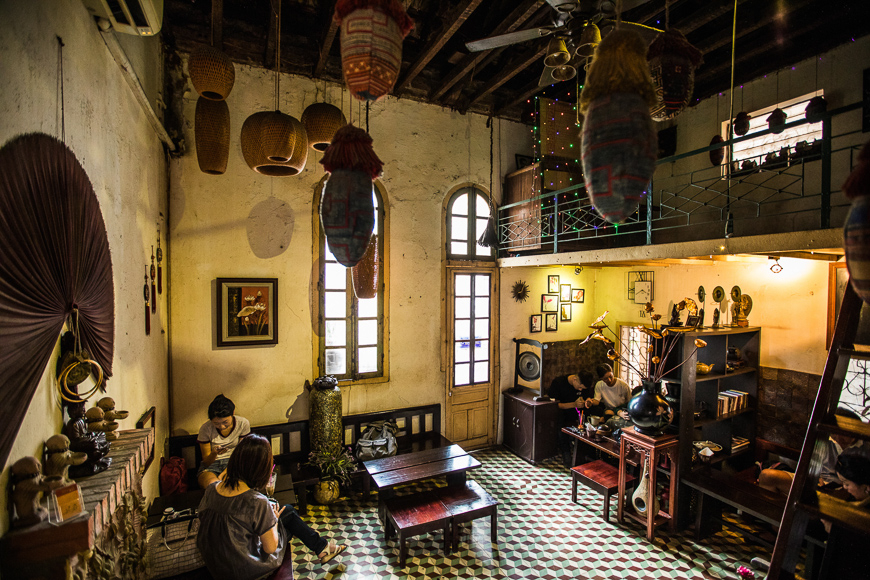

The popular Cong Ca Phe chain makes a type of frozen coconut coffee called ca phe cot dua. Served either hot or cold, I guess it’s like a coconut bac xiu but made with more coffee and less milk. From what I understand, it’s mostly enjoyed in the south and may or may not contain coconut milk.Ĭa phe dua – Dua means “coconut” so this refers to coffee made with condensed and coconut milk. It’s referred to as “white coffee” and as far as I can tell, it’s always served cold.

It’s said to have been invented at Cafe Giang in Hanoi, which I’ll talk more about later in this post.īac xiu – This is basically the same as ca phe nau or ca phe sua but made with less coffee and more milk. It refers to egg coffee made with heavily whisked egg yolks. Like ca phe den, you can also have it either hot or iced.Ĭa phe trung – This is arguably Hanoi’s most famous coffee creation. Nau means “brown”, which probably refers to the color of the coffee after it’s been lightened with milk, while sua means “milk”. Northern Vietnamese say ca phe nau while people from the south refer to it as ca phe sua. You can have it either hot (nong) or iced (da), so ca phe den nong (hot black coffee) or ca phe den da (iced black coffee).Ĭa phe nau / ca phe sua – This refers to coffee made with milk. Ca phe means “coffee” while den means “black”. (NOTE: Accents are important in the Vietnamese language but I’ve removed them from the terms below to make the text easier to read for non-Vietnamese speakers.)Ĭa phe den – This refers to black coffee. The different types and terminology can be confusing but I did my best to simplify and make sense of it all. This isn’t an exhaustive list but here are some of the most common types of coffee you’ll find in Hanoi and Vietnam. Most coffee in Vietnam is prepared using a small metal drip filter called a phin.

Some will do a mix of 80%-20%, others 70%-30%, and so on. Sounds like my cup of coffee!Īccording to Mai, different cafes will vary in how much Robusta and Arabica beans they use in each blend. Though considered inferior to Arabica, Robusta is easier to care for and produces a higher yield, resulting in a coffee that’s quite bitter with twice the amount of caffeine. Vietnam grows so much Robusta that they contribute to about 40% of the world’s total Robusta production. Mai told me that Vietnam produces Robusta and Arabica beans, with the former accounting for about 97% of the country’s coffee production. Today, coffee is Vietnam’s second largest agricultural export, after rice. It wasn’t until 1986 – when privately owned enterprise was again permitted – did the industry experience a resurgence in growth. The industry was collectivized thereby limiting the production of coffee. Thanks to the plantation system, Vietnam’s coffee industry flourished before being disrupted during and immediately after the Vietnam War. Coffee was introduced to Vietnam by the French in 1857 more as a cash crop rather than for personal consumption. I went on this interesting coffee tasting tour and my guide Mai told me that prior to the introduction of coffee, the Vietnamese were a tea-drinking people. I didn’t know this until our first trip two years ago, but Vietnam is the second largest producer of coffee in the world, behind only Brazil. Before diving into this list of Hanoi cafes, I just wanted to talk briefly about the different types of Vietnamese coffee and what makes it so special.


 0 kommentar(er)
0 kommentar(er)
